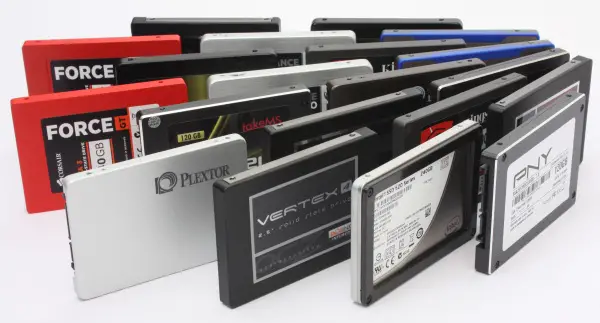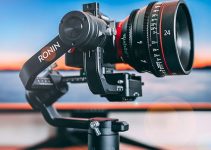Solid state disks are probably the most important piece of hardware you can spend your hard earned money on to boost the overall performance of your workstation, especially when it comes to transferring, managing or processing huge chunks of data such as raw 4K video files and other high-res media. Picking the fastest possible SSD available out there can be a tricky task, though, so here are some of the most important considerations you should bear in mind when buying an SSD.
Linus of Techquickie provides some of the mandatory specs you should be looking for before you purchase a brand new SSD, and yes – the sequential write and read speeds aren’t the only criteria you should be entirely relying on when opting for a reliable and fast SSD.
Even though nearly any widely available consumer grade SSD would be a significant upgrade over a conventional spinning hard drive, there can be a lot of noticeable variations in regards to the real-world performance of different models. The sequential write and read speeds do matter to some extent, but even more important is the 4K performance of your disk. That is the measure of how quickly an SSD can deal with much smaller chunks of data stored in random locations all over the drive.
The performance of an SSD can also be indicated in IOPS instead of MB/s. This stands for inputs and outputs per second and is a measure of how quickly a drive can deal with read or write requests. As Linus suggests, it’s always an excellent idea to check the random write/read IOPS of your SSD as it’s also related to the disk’s 4K performance.
Another criteria to watch out for is whether the benchmark tests are done with compressible or incompressible data. Depending on the type of files you are predominantly working with, you should take into consideration the type of benchmarks you have done. For instance, if you are working with uncompressed media such as video and audio media, the tests related to uncompressed data will give you a better perspective on the performance of your SSD.

Another tip is to do a quick research regarding the longevity of your SSD. Unlike the conventional spinning hard drives, the memory cells are much harder to wear out and usually can handle at least several hundred terabytes of data, but still they degrade over time. There are multiple online resources such as TechReport that have already done an extensive testing of how many write cycles traditional SSD models can handle, so checking out that data might also help you to pick the right drive for your specific needs and requirements.
Ultimately, whether you’re building a new system or just want to breed some life into your existing workstation, doing some research in advance and looking at these specific criteria will help you to make better buying decision once you opt for a certain brand or model. That way it’ll be a lot easier for you to eliminate one of the biggest bottlenecks of your editing or color grading system.
[source: Techquickie]
Disclaimer: As an Amazon Associate partner and participant in B&H and Adorama Affiliate programmes, we earn a small comission from each purchase made through the affiliate links listed above at no additional cost to you.
Claim your copy of DAVINCI RESOLVE - SIMPLIFIED COURSE with 50% off! Get Instant Access!






So…
4x 850 PRO, 2TB in RAID-0, or
4x PM863, 1,92 TB in RAID-0 ?!?!?
Work with:
– Davinci Resolve;
– Black Magic set;
– color correction.
Import from 16mm & 35mm film
to REAL-TIME 4K UNcompressed.
Any suggestion for me ? Many tanks in advance 🙂
Never use RAID 0 when working, use a RAID 10 system. 850 pros are great, and really effective
this is what you can get with 4x 850 EVO 500GB=2TB in RAID-0 in a ThunderBay 4 mini. 4×850 PRO will not be faster.